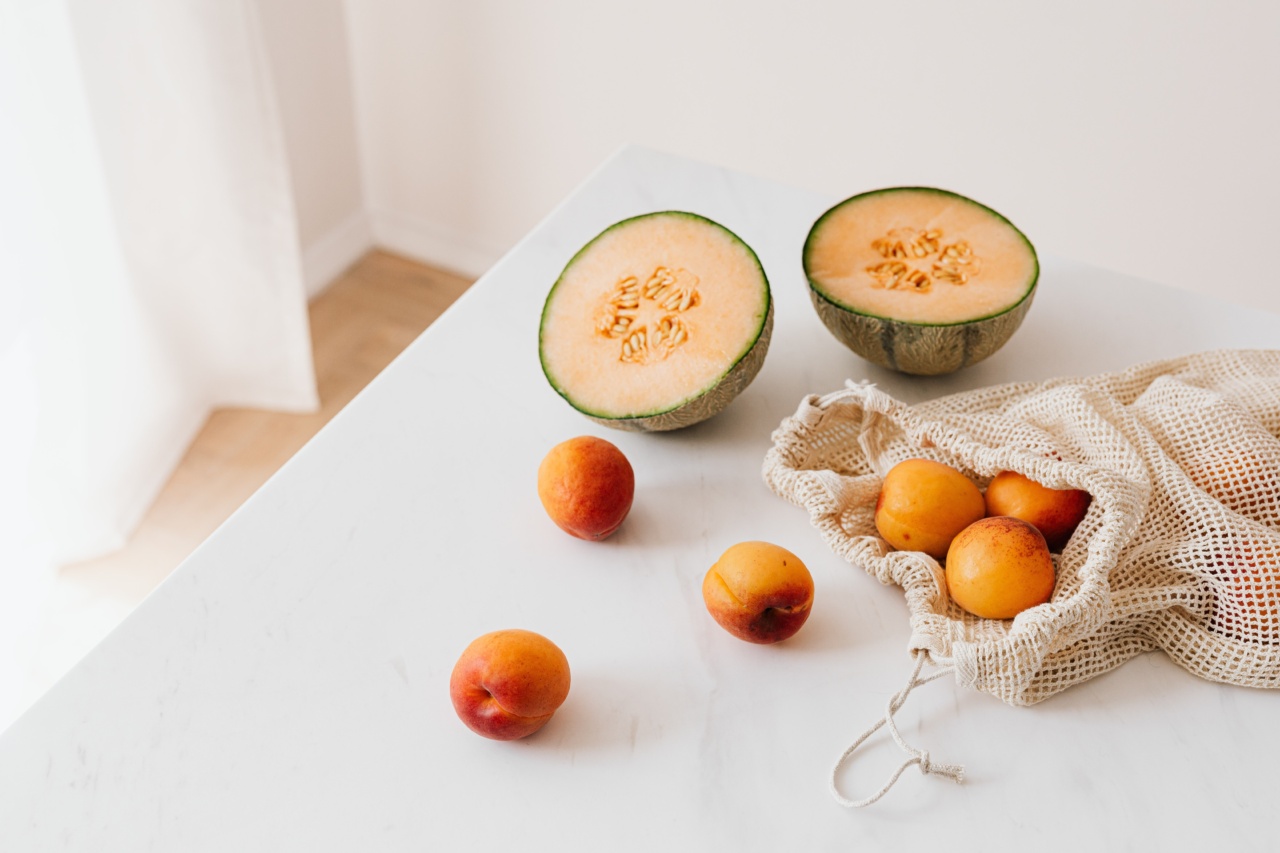Preeclampsia is a serious pregnancy complication that affects both the mother and the baby. It is characterized by high blood pressure and protein in the urine after 20 weeks of pregnancy.
This condition affects about 5% of pregnancies worldwide and can lead to complications such as preterm delivery, low birth weight, and even death of the mother and/or baby. The causes of preeclampsia are not fully understood, but there is evidence to suggest that a high-fiber diet can reduce the risk of developing this condition.
What is a High-Fiber Diet?
Fiber is a type of carbohydrate that cannot be digested by the body. Instead, it passes through the digestive system relatively intact, providing numerous health benefits along the way.
A high-fiber diet is one that includes plenty of fruits, vegetables, whole grains, beans, and legumes. These foods are rich in fiber and other important nutrients that can help improve overall health.
How Does a High-Fiber Diet Reduce Preeclampsia Risk?
Several studies have shown that women who consume a high-fiber diet during pregnancy have a lower risk of developing preeclampsia.
Fiber-rich foods have been found to help regulate blood pressure, reduce inflammation, and improve insulin sensitivity, all of which are important factors in preventing preeclampsia.
The Benefits of Fiber
Fiber provides numerous benefits to the body, including:.
- Regulating blood sugar levels
- Reducing cholesterol levels
- Supporting healthy digestion
- Reducing the risk of certain cancers
- Promoting weight loss
- Reducing the risk of heart disease
Fiber and Blood Pressure
Studies have shown that a high-fiber diet can help lower blood pressure levels in pregnant women. This is important because high blood pressure is one of the key indicators of preeclampsia.
Fiber works by improving the health of blood vessels and reducing inflammation in the body. It also helps to regulate the release of hormones that can affect blood pressure.
Fiber and Inflammation
Inflammation is a natural response of the body to injury or infection. However, chronic inflammation can contribute to a host of health problems, including preeclampsia.
Fiber-rich foods help to reduce inflammation throughout the body by providing antioxidants and other important nutrients. This can help reduce the risk of developing preeclampsia during pregnancy.
Fiber and Insulin Sensitivity
Insulin is a hormone that helps regulate blood sugar levels in the body. Insulin resistance, which occurs when the body becomes less sensitive to insulin, is a risk factor for preeclampsia.
However, a high-fiber diet can help improve insulin sensitivity, which can reduce the risk of developing this condition. Fiber-rich foods help to slow down the absorption of sugar in the body, which helps to regulate blood sugar levels and improve insulin sensitivity.
How to Incorporate More Fiber into Your Diet
If you want to reduce your risk of developing preeclampsia during pregnancy, it is important to incorporate more fiber-rich foods into your diet. Some easy ways to do this include:.
- Eating more fruits and vegetables
- Choosing whole grain breads and cereals
- Including beans and legumes in your meals
- Snacking on nuts and seeds
- Adding flaxseed or chia seeds to your smoothies or oatmeal
Conclusion
Preeclampsia is a serious pregnancy complication that can have significant health consequences for both the mother and the baby. However, by incorporating more fiber-rich foods into your diet, you can reduce your risk of developing this condition.
By regulating blood pressure, reducing inflammation, and improving insulin sensitivity, fiber provides numerous health benefits that can help improve overall health during pregnancy.





























